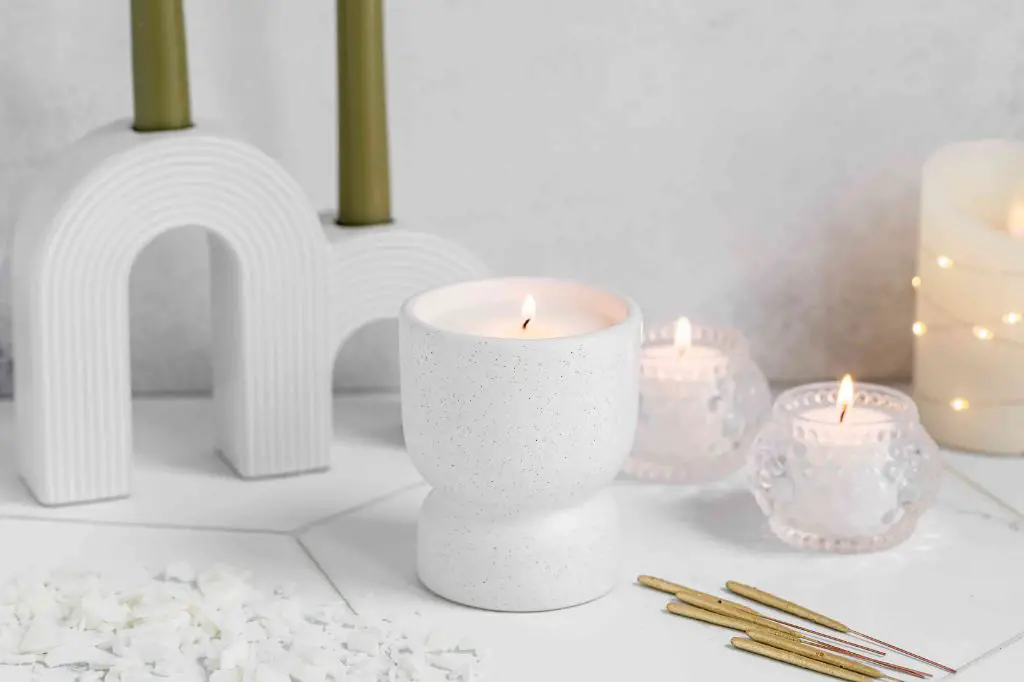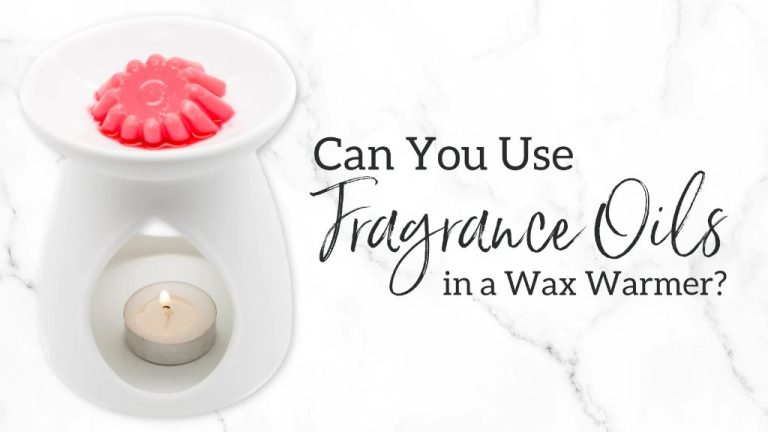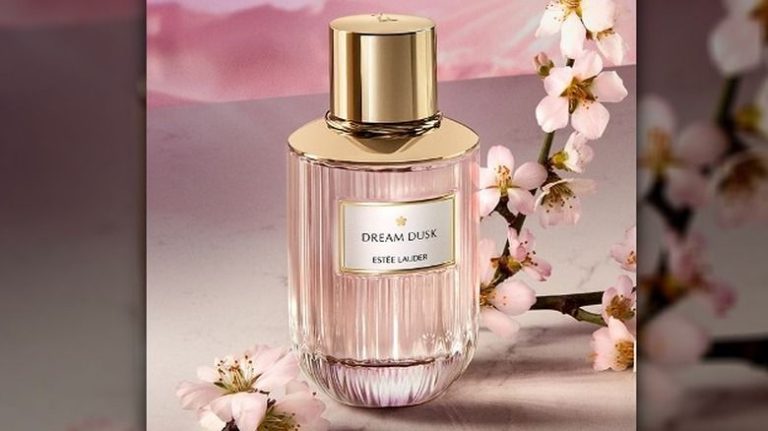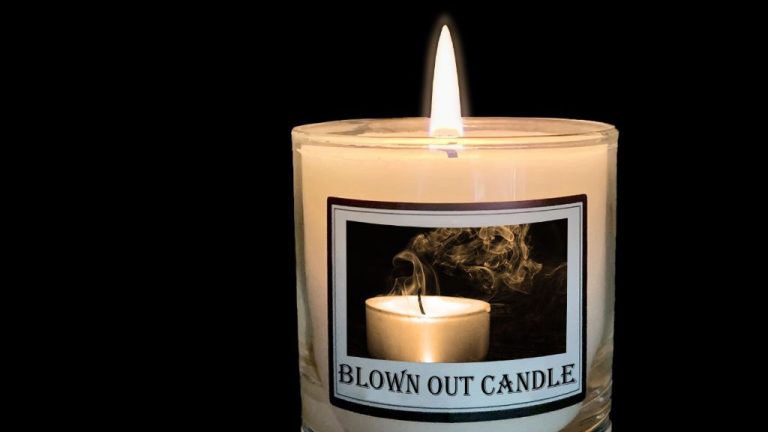What Makes Candles Smell The Strongest?
Candles come in all shapes, sizes, and scents. Some candles have light, subtle fragrances while others are powerfully and intensely scented. What makes some candles smell much stronger than others? There are several factors that contribute to a candle’s scent strength.
A candle’s scent is produced by fragrance oils that are added during the candle making process. The type and amount of fragrance, along with wick size, candle size, wax type, curing method, and other factors determine how strongly scented a candle will be when burning. This article explores the major elements that create potent candle scents.
Wax Type
One key factor in candle scent strength is the type of wax used. The most common wax types are paraffin wax, soy wax, and beeswax. Paraffin wax is derived from petroleum and is the most commonly used candle wax. It is inexpensive and provides good scent throw. Soy wax is made from soybeans and is a popular eco-friendly option. It can hold more fragrance oil than paraffin, resulting in stronger scent (https://www.ecocandleproject.com/pages/wax-don-t-bind-with-fragrance-so-what-really-happens). Beeswax is all-natural wax made by honeybees. It has a lovely honey aroma when unscented that can overpower additional fragrances. Beeswax also has a lower melting point, making it difficult to hold high fragrance loads. Overall, soy wax or a soy-paraffin blend provides the strongest scent throw in candles.
Fragrance Load
The fragrance load refers to the amount of fragrance oil used in a candle, expressed as a percentage of the wax weight. Most candlemakers recommend a fragrance load between 5-10% for soy wax candles (https://www.scandinaviancandle.com/blogs/faq/how-much-fragrance-oil-to-use-in-your-candle). The higher the fragrance load, the stronger the scent throw will be. However, too high of a fragrance load can cause issues like wet spots, frosting, and poor burn performance. A standard fragrance load is around 6-8% for soy candles.
You can use a fragrance load calculator to determine the exact weight of fragrance oil needed based on the wax weight (https://craftybase.com/candle-fragrance-load-calculator). When maximizing scent throw, it’s ideal to use the highest fragrance load that still allows proper wax pooling and burn. Testing different fragrance loads with various wax and wick types can help candlemakers find the optimal balance.
Wick Size
Bigger wicks release more fragrance from candles because they burn hotter and create a larger melt pool. As the wax melts, more surface area is exposed, allowing more fragrance oil to evaporate into the air. Larger wick sizes like CD 12 and up are recommended for stronger scent throw.
According to experts, “All the wicks available through CandleScience follow the same rule. Within a series the larger the number, the larger the wick. So an ECO 14 is always bigger than an ECO 10.” [1]
Additionally, “The amount of fragrance oil, dye, and the type of wax WILL affect the way these wicks perform. In general, the more fragrance, dye, and additives, the larger the wick you’ll need for proper performance.” [2]
Candle Size
The size and surface area of a candle has a significant impact on its scent throw. As surface area increases, more of the fragrance is exposed to the air and able to be emitted into the surrounding environment. Large candles like pillars or containers over 22 oz generally have the strongest scent throws. Their expansive wax pool and surface area allow more fragrance to be released when lit compared to smaller candles. Smaller votives or containers under 4 oz will have a subtler scent presence even if using the same wax and fragrance load. Their compact size limits the exposed area that interacts with air to disperse aroma. When selecting a candle, take into consideration the size of the space and the strength of scent desired. Larger candles in big rooms will perform better than petite candles in large spaces when aiming for prominent fragrance.

Curing Process
The curing process, which is letting the candle sit for a period of time after it’s been poured and cooled, is crucial for allowing the scent to fully develop in the wax. As explained by CandleScience, “Curing allows the fragrance oil and wax time to truly become one and the wax time to crystallize completely, something that helps anchor the fragrance.”1 When a candle hasn’t cured properly, the scent molecules may not be adequately held within the wax structure and the throw can be negatively impacted. A proper curing time, which can range from 4-14 days depending on the wax, allows the scent to fully immerse and bind within the wax for the strongest hot throw.
Additives
One way to make candles smell stronger is by using scent enhancers or fragrance boosters. These are additives that help amplify and disperse the fragrance more efficiently. Some common options include:
- Vybar – A popular brand of scent enhancer made from a polymeric resin. It helps bind fragrance oil molecules so they don’t evaporate as quickly.
- Orris Root Powder – A natural scent fixative derived from the rhizome of certain iris plants. It has excellent fragrance retention properties.
- Fractionated Coconut Oil – Known for its high concentration of caprylic and capric triglycerides that aid fragrance diffusion.
These additives work by either absorbing fragrance oil molecules like a sponge and slowly releasing them, or helping break down and diffuse the oil more readily into the air. Using a measured amount of scent enhancer allows you to use less fragrance oil, while still achieving a stronger aroma.
Wax Temperature
The temperature of the wax when fragrance is added is a key factor in scent throw. Hotter wax can absorb and hold more fragrance oil than cooler wax. When wax is heated to 185-190°F before adding fragrance, it allows more scent molecules to be dissolved and dispersed throughout the wax (source). The high temperature thins out the wax so the fragrance oil can integrate fully. As the candle cools and hardens, the fragrance becomes locked in. Cooler wax may not allow as much fragrance to bind properly, resulting in a weaker scent.
For soy wax specifically, it’s recommended to add fragrance between 175-185°F to maximize scent throw (source). The hot soy wax has an optimal fluidity and receptivity to absorb and retain fragrance oils. Allowing the wax to cool too much before adding scent can limit fragrance capacity and lead to candles with poor scent throw.
Container Material
The material that a candle is housed in can significantly impact how strong it smells when burning. Candles burned in glass or metal containers tend to be the strongest smelling, while candles in more porous materials like ceramic or wood will be more muted.
Glass and metal are non-porous surfaces, meaning they don’t absorb the fragrance oil. This allows the scent to waft freely into the air without being dampened. These sleek, impermeable materials also promote hotter wax pools which help disperse fragrance.
On the other hand, porous container materials like ceramic, wood, or cement can soak up some of the fragrance oil. This absorptive quality helps anchor the scent so it doesn’t overpower. Porous surfaces also encourage cooler wax pools which limit fragrance diffusion.
So for the strongest candle scents, glass and metal containers are ideal. But for a more subtle aromatic experience, try candles housed in porous materials.
Conclusion
There are multiple factors that contribute to a candle’s scent strength and how well the fragrance is dispersed when burning. The most important factors include using high quality fragrance oils at an optimal fragrance load for the wax and wick type. Curing the candle properly, avoiding high wax temperatures, and using the right container material also maximize fragrance performance. The ideal candle has between 5-10% fragrance load, is cured for at least 2 weeks, uses soy or other wax with good scent throw, and a properly sized wick. Testing different fragrance load percentages and wick sizes can help dial in the strongest scent.




